Looking Ahead: Workplace Safety in 2017
- Jan 7, 2017
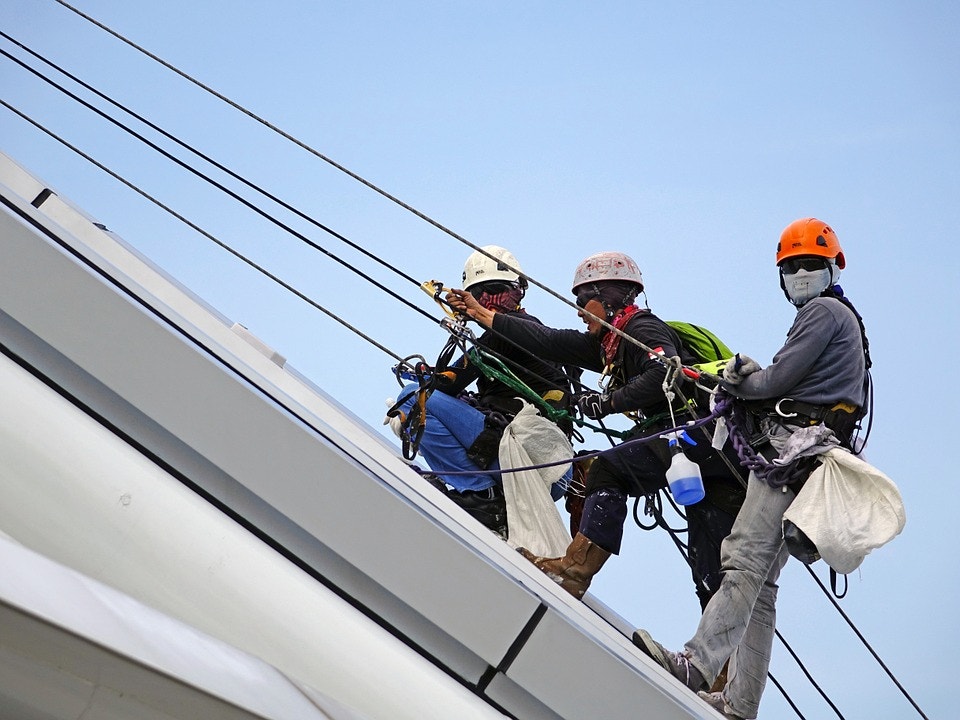 It's a new year, but what does that actually mean for workplace safety? Realistically speaking, the main difference between this year and last is that it's a new time frame for safety statistics to be taken. However, it's also a solid timeframe to set and reach new personal (and team) goals in the workplace.
It's a new year, but what does that actually mean for workplace safety? Realistically speaking, the main difference between this year and last is that it's a new time frame for safety statistics to be taken. However, it's also a solid timeframe to set and reach new personal (and team) goals in the workplace.Surely this year will bring new safety regulations set forth by various institutions as well as improvements in the areas of safety equipment development - both of which come naturally with the progression of time. Regardless, it's important to understand that additional regulations don't necessarily make for a safer work environment. The only real changes that will take place are dependent on you and your coworkers; your awareness, work habits, and willingness to teach, learn and improve all of these things for the benefit of everyone.
Let's take a look at something interesting.
When the U.S. Bureau of Labor Statistics reported their revised (and final) numbers for the 2014 work year, they noted a 5.1% increase over the previous year for workers who died from traumatic events. Additionally, falls/slips/trips increased by 13% in the same time period. Furthermore, there was an increase in deaths among older workers as well as temporary and/or contract workers. These were primarily increases in the sectors of agriculture, mining, construction and manufacturing.
According to experts, the increase was not a result of economical upsurge.
On April 26, of 2016 The National Council for Occupational Safety and Health (COSH) released a report titled Preventable Deaths 2016 which outlines more than 100,000 annual deaths related to direct workplace trauma, as well as from long-term exposure to on-the-job hazards. The report outlines many issues, shortcomings, and preventative measures geared towards a safer, more productive work environment across a variety of sectors and occupations.
Particularly alarming are the statistics for fatal injuries in mining (up 17%) and agriculture (up 14%), manufacturing (up 9%) and construction (up 6%). Fatal injuries for workers 55 and over were the highest they've ever been. Female workers experienced a 13% overall increase in fatal work injuries in 2014 as compared to 2013.
Now, it's important to note that these numbers take a while to come in and be thoroughly evaluated. At first glance, 2014 was thought to be a better year than 2013 in regards to fatalities; it took nearly 2 years to realize 2014 was more lethal.
The real questions we need to be asking are "How and why?" are fatalities increasing?
With our current technology and with our highly developed safety equipment and safety standards, why are more people dying? Do we not live in an age where we should be able to eliminate a rather large percentage of workplace injuries and deaths? Are we really so careless? Are employers to blame? Are employees simply disregarding the best-practices for their occupations? Is it more complicated than providing a simple answer???
Of course there are many factors that contribute to each and every fatality. It wouldn't be fair or honest to place the blame on a single area or group of people without the proper data to back it up. Nonetheless, something is preventing us from seeing a solid decline. Over the decades, we have surely seen the numbers decrease, but is it really enough? Can't we do better? Is the pursuit of profits and paychecks really taking priority over safety? Are we all so ignorant as to assume "It can't happen to me"?
We don't have the answers, and we're not sure that anyone actually does. Mistakes will happen, and accidents will happen - which is why we call them "accidents".
What we do know, as a fact, is that a safer workplace begins with YOU. Whether you're a boss or a manager, supervisor or laborer, short-term or long-term employee; it begins with you. We all need to take the initiative to create a better workplace for ourselves and our co-workers. We need to be setting the example for the next generation of workers. We need to let our intelligence and abilities shine, proving that we're capable of performing our jobs safely. After all, the information is out there. We're living in a world of unlimited resources and ignorance is not a very valid excuse. We need to look out for one another as well as ourselves.
Now, we'd also like to mention that the overwhelming majority of workers do take safety quite seriously - but that doesn't mean there is no room for improvement. Is a human life really worth an hour of saved work? Or even a few minutes? Is pressuring your employees or co-workers to work dangerously really profitable? Is taking a risk that you "think" is okay really worth a lifetime in a wheelchair, or a family without a father or mother?
We like to think that we all have the best intentions in mind. We believe that most workers have a fear and awareness of workplace hazards, yet we're still confident that we can all make tiny improvements. Whether you're working alone or as a team, it's important to think things through. Be timely yet safe, effective yet cautious. Don't let the stresses of the job frustrate you and get the best of you. Safety comes first.
Here's to hoping you're able to take something away from this post. We encourage you to make 2017 a better year in the workplace, even if you had a flawless 2016. Give a pointer to the new guy. Take that extra safety class. Keep up with safety advancements in your field. Lend a helping hand. Point out hazards that might otherwise go unnoticed. Give your best effort to make your workplace a safe, productive, and respectable one in 2017.
Have a great year and stay safe out there!


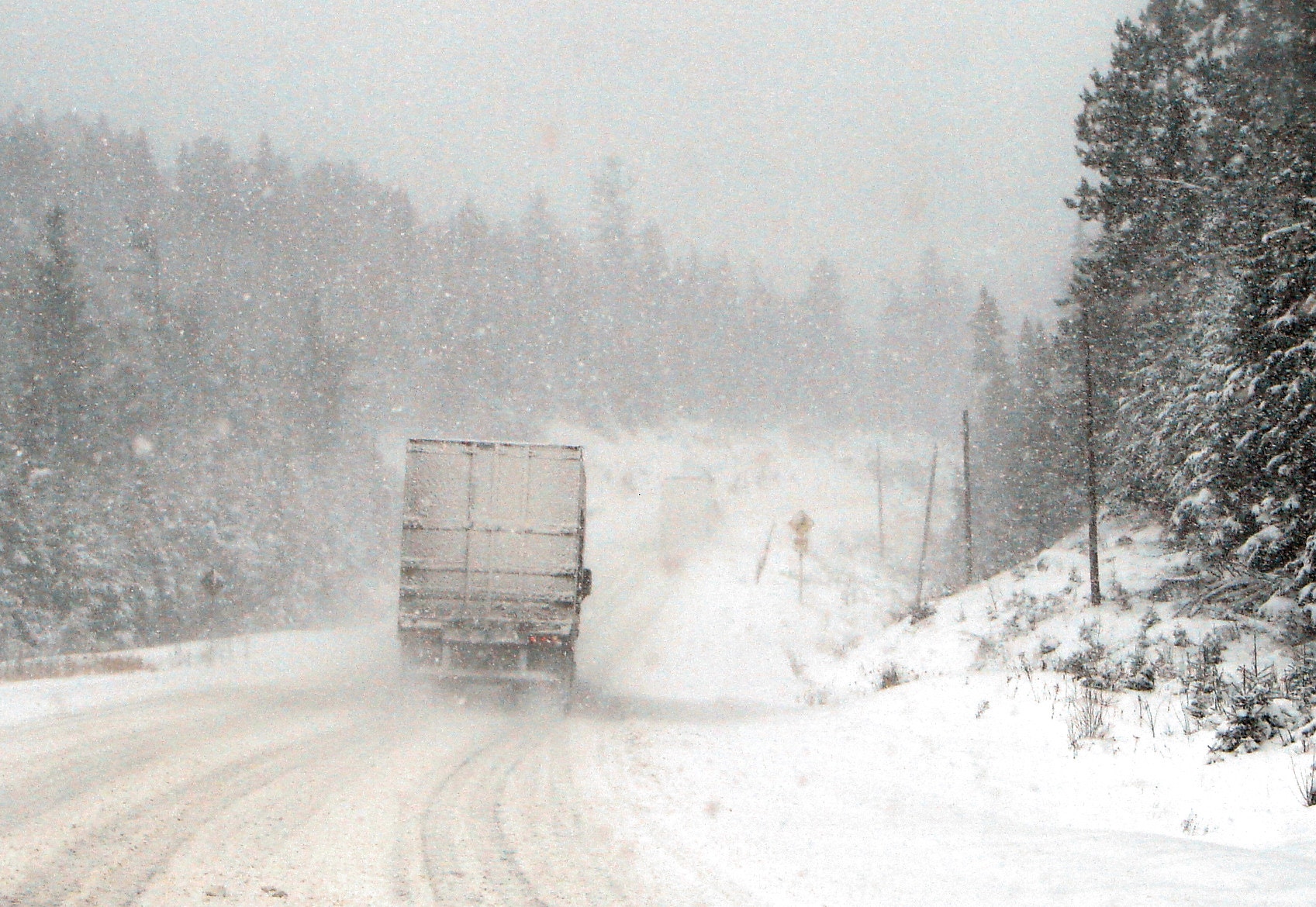 For many of us who work outdoors, the coldest part of the year is approaching. This includes harsh winds, frigid temperatures and slippery surfaces that nobody really looks forward to. In addition to the general discomforts of the temperature, winter brings with it an noticeable increase in work-related hazards.
For many of us who work outdoors, the coldest part of the year is approaching. This includes harsh winds, frigid temperatures and slippery surfaces that nobody really looks forward to. In addition to the general discomforts of the temperature, winter brings with it an noticeable increase in work-related hazards. 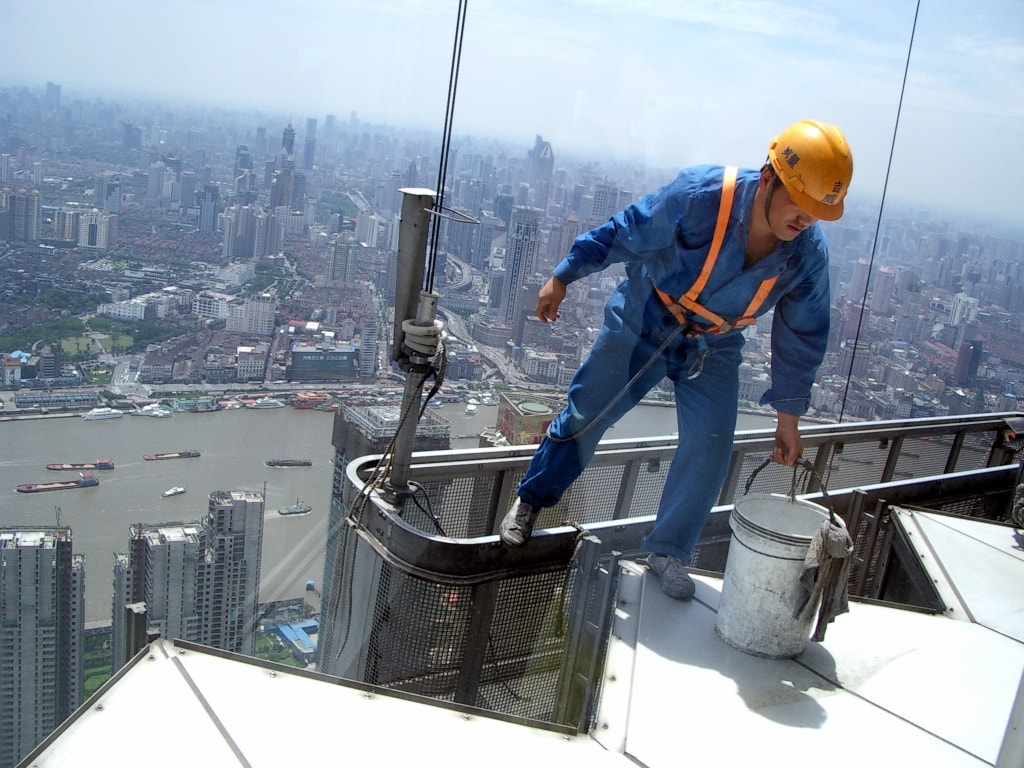 How dangerous is your job? It's hard to tell exactly as many factors come into play when creating statistics but there's always a pattern that exists. Over recent years, it's clear that some industries and careers tend to be more dangerous than others.
How dangerous is your job? It's hard to tell exactly as many factors come into play when creating statistics but there's always a pattern that exists. Over recent years, it's clear that some industries and careers tend to be more dangerous than others.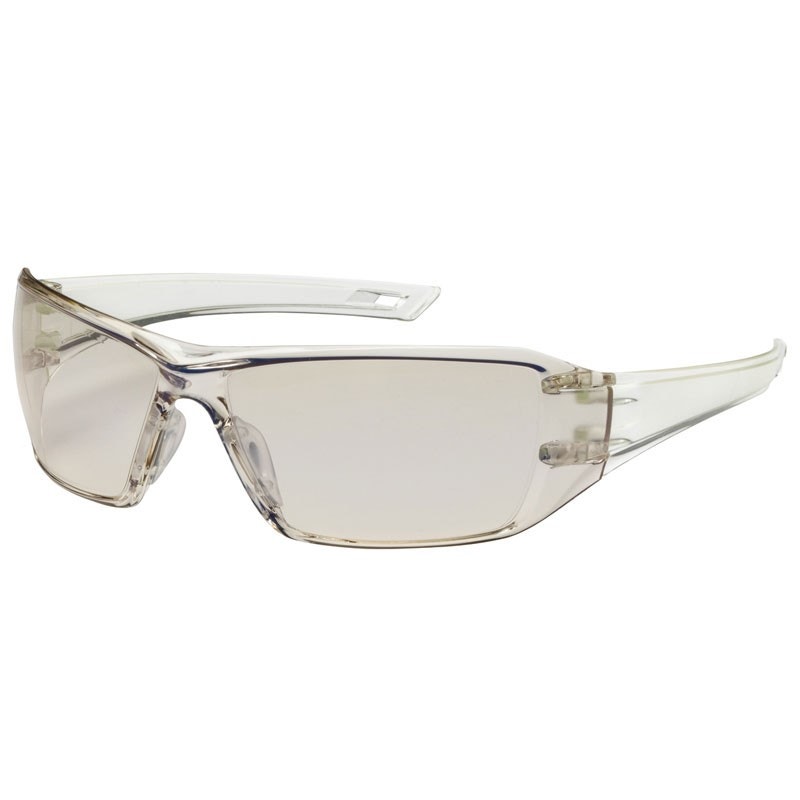 There's a lot of talk about workplace safety, but we find that one of the most overlooked aspects of personal protection on job sites is eye protection. Protecting your eyes at work is commonplace for welders and machinists, but there are hundreds of other occupations where eye injury is a real risk that often goes unacknowledged or ignored.
There's a lot of talk about workplace safety, but we find that one of the most overlooked aspects of personal protection on job sites is eye protection. Protecting your eyes at work is commonplace for welders and machinists, but there are hundreds of other occupations where eye injury is a real risk that often goes unacknowledged or ignored. We live in a busy world. While it might be ideal to keep all job sites free of pedestrian and vehicle traffic, that's not always possible. More often than not, workers who build and repair roads, bridges, sewer & water lines, power lines, phone lines, and a variety of other job tasks are required to work in the immediate vicinity of heavy and often dangerous traffic. Whether it's a side road in a suburban area or a busy interstate highway during rush hour, the hazards of the job are greatly magnified when working near moving vehicles.
We live in a busy world. While it might be ideal to keep all job sites free of pedestrian and vehicle traffic, that's not always possible. More often than not, workers who build and repair roads, bridges, sewer & water lines, power lines, phone lines, and a variety of other job tasks are required to work in the immediate vicinity of heavy and often dangerous traffic. Whether it's a side road in a suburban area or a busy interstate highway during rush hour, the hazards of the job are greatly magnified when working near moving vehicles. 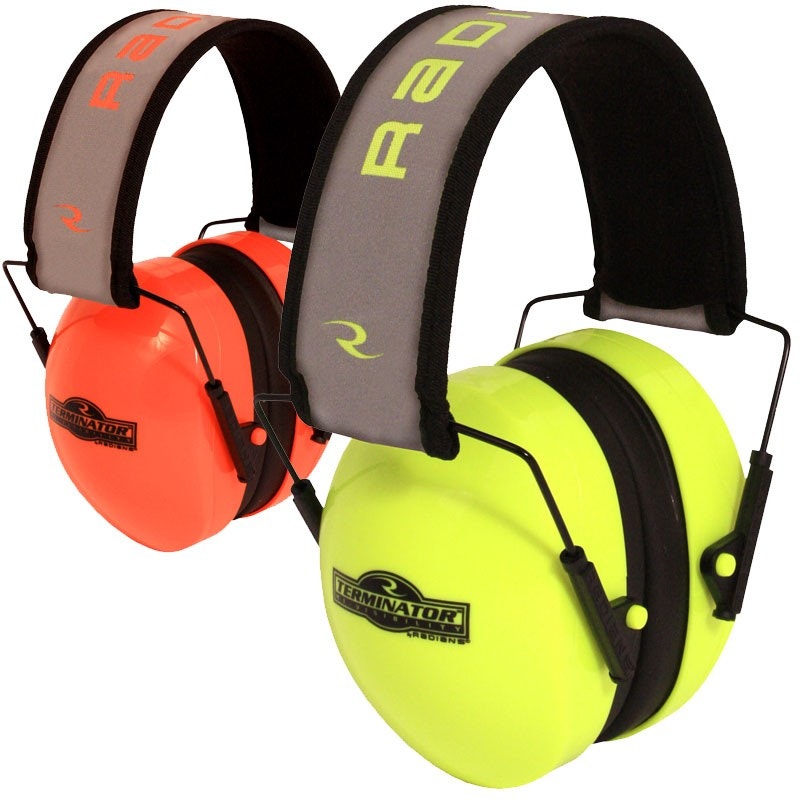 One of the often-overlooked dangers of the workplace is hearing damage. Sometimes people ignore the danger of hearing damage and other times people don't seem to realize it poses a legitimate threat. The truth is that hearing damage is very real, and anyone working in an environment with excessive noise is subject to suffering some sort of hearing loss.
One of the often-overlooked dangers of the workplace is hearing damage. Sometimes people ignore the danger of hearing damage and other times people don't seem to realize it poses a legitimate threat. The truth is that hearing damage is very real, and anyone working in an environment with excessive noise is subject to suffering some sort of hearing loss.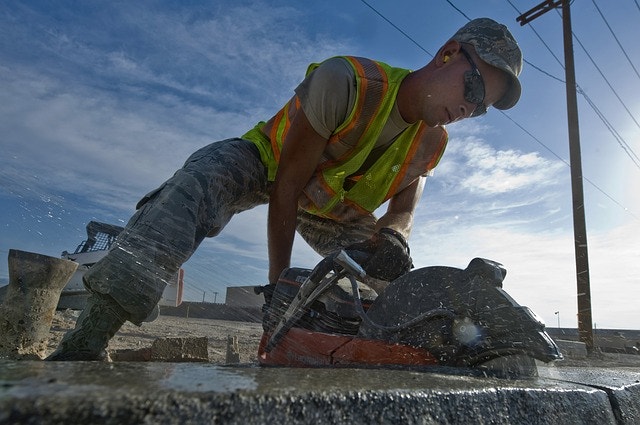 June is just around the corner, and temperatures are beginning to heat up. Before you know it, we'll be in the dog days of summer with a great tan and long hours of daylight. While the summer is a beautiful and productive time for working outdoors, it can also be dangerous on extremely hot days. The best thing to do is to go to work prepared and understand your limits for exertion. Below are some tips to help you keep cool, avoid heat stroke, and maintain comfort throughout the day.
June is just around the corner, and temperatures are beginning to heat up. Before you know it, we'll be in the dog days of summer with a great tan and long hours of daylight. While the summer is a beautiful and productive time for working outdoors, it can also be dangerous on extremely hot days. The best thing to do is to go to work prepared and understand your limits for exertion. Below are some tips to help you keep cool, avoid heat stroke, and maintain comfort throughout the day.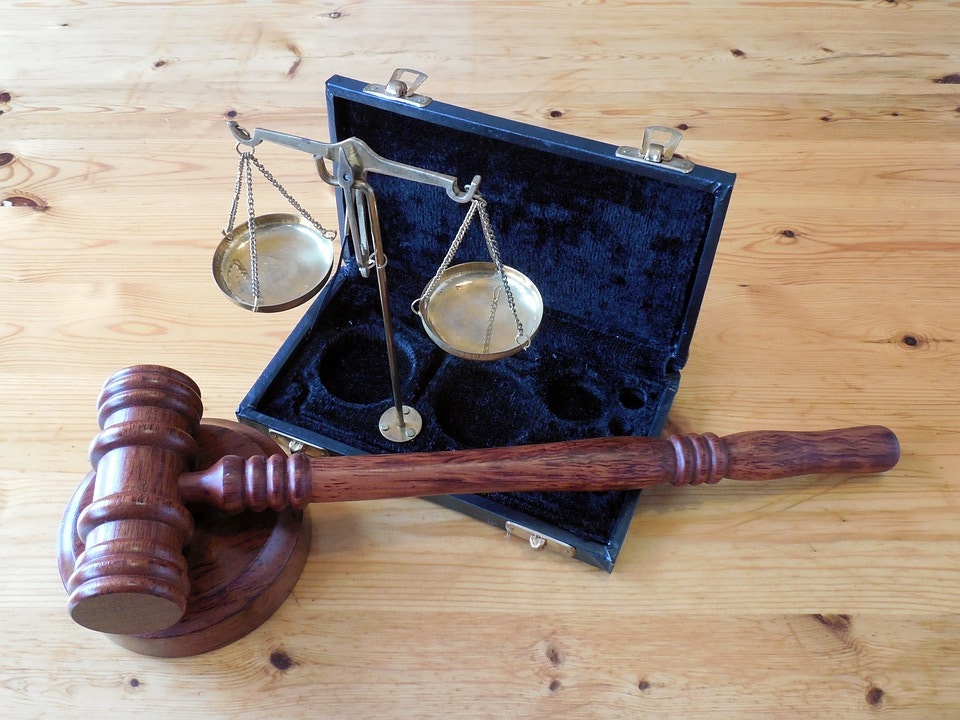 While fines, penalties and even restrictions on operations have been the common consequences of work-related injuries and deaths in the US, there has been a rather interesting but not surprising new trend in the courts. In the last 2 years alone, we've seen a large increase in the convictions of CEOs, supervisors, and managers which entail prison sentences in regards to cases involving worker deaths.
While fines, penalties and even restrictions on operations have been the common consequences of work-related injuries and deaths in the US, there has been a rather interesting but not surprising new trend in the courts. In the last 2 years alone, we've seen a large increase in the convictions of CEOs, supervisors, and managers which entail prison sentences in regards to cases involving worker deaths.